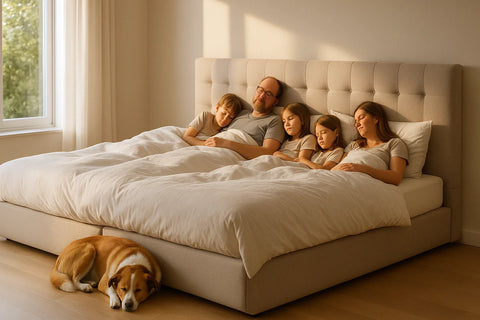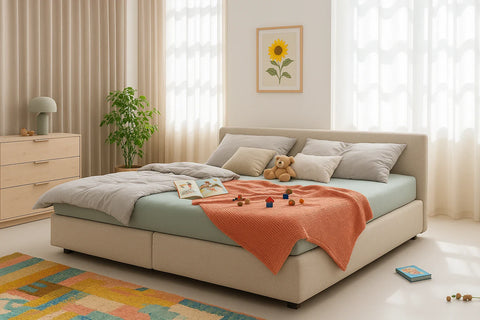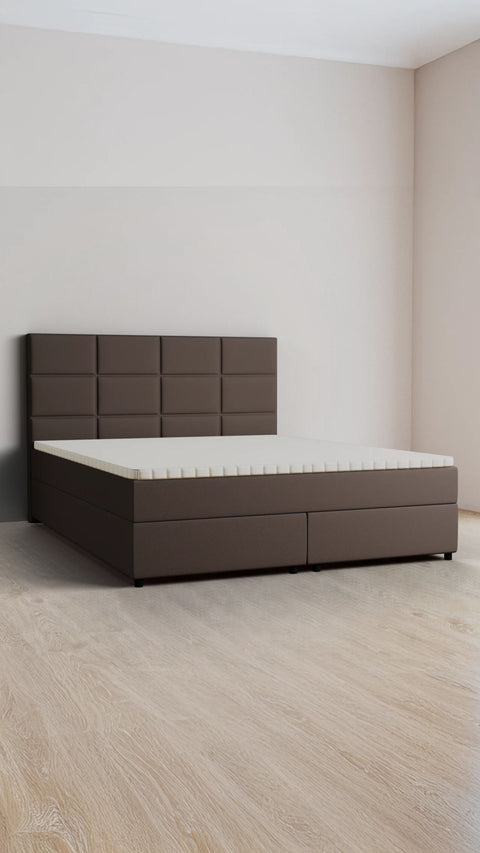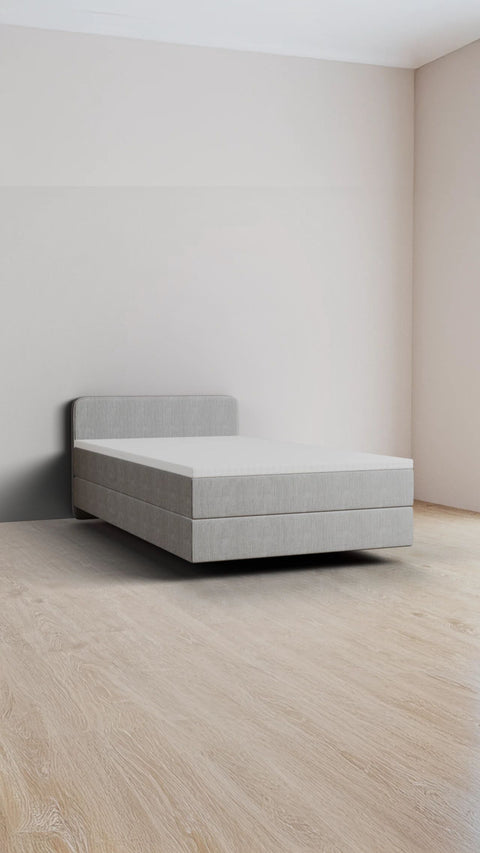Co-Sleeping vs. Bed-Sharing: What’s the Difference and What Does It Mean for Your Family?
The term family bed is becoming more popular as parents discover the benefits of sleeping close to their children. Yet confusion remains around words like co-sleeping and bed-sharing — and questions about safety often follow. This guide unpacks the difference and explores what it could mean for your family.
What Is Co-Sleeping?
Co-sleeping is the umbrella term for children sleeping in close proximity to their parents. It comes in two main forms:
-
Room Sharing: Your baby sleeps in a separate bassinet, crib, toddler bed, or single bed in the parents’ bedroom, but on their own mattress surface. This already offers parents peace of mind while keeping sleep surfaces separate.
-
Bed-Sharing: Your child sleeps on the same mattress surface as one or both parents. This is the form of co-sleeping most debated, especially with newborns.
In short: All bed-sharing is co-sleeping, but not all co-sleeping involves bed-sharing. Across many cultures, sleeping together — in one form or another — has always been the norm.
What Is a Family Bed?
A family bed takes co-sleeping one step further. It’s a consciously chosen sleeping arrangement where the whole family shares one large mattress surface. Often, this is created by combining multiple beds or using an oversized bed designed for families.
The family bed is more than furniture — it’s about connection, comfort, and restful nights together.
Benefits of Sleeping Together
Research and real-life experience highlight many advantages of co-sleeping and family beds:
-
Security & Comfort: Children feel safe and reassured close to their parents.
-
Easier Breastfeeding: Night feeds become less disruptive when the baby is beside you.
-
Better Sleep for Parents: Mothers especially can fall back asleep faster as sleep cycles sync.
-
Immediate Comfort: Quick response to nightmares, illness, or restlessness.
-
Stronger Bonding: Close physical contact fosters secure attachment and builds confidence.
-
Cognitive Support: Studies link early co-sleeping with higher cognitive outcomes later in childhood.
-
Body Regulation: Babies benefit from help regulating breathing, heart rate, and temperature.
-
Less Night Anxiety: Children with access to parents’ bed often sleep deeper and fear less.
-
Flexibility: Kids used to a family bed adapt more easily when sleeping in new places.
Safety Guidelines for Co-Sleeping and Bed-Sharing
Safety is the number one concern — and with good reason. While past studies raised alarms about bed-sharing and SIDS (sudden infant death syndrome), updated research shows that safe bed-sharing can lower risks if key rules are followed.
Safe co-sleeping essentials:
-
Never smoke, drink alcohol, or use drugs/sedatives.
-
Avoid bed-sharing if severely sleep-deprived or with extreme obesity.
-
Use a firm mattress, never a sofa, waterbed, or overly soft surface.
-
Prevent gaps where a child could get trapped. A continuous mattress or topper helps.
-
Keep the bed free of pillows, heavy blankets, stuffed animals, or nests.
-
Use a baby sleep sack instead of blankets; always place baby on their back to sleep.
-
Maintain a bedroom temperature of 16–18°C (61–65°F).
-
Baby should sleep next to the breastfeeding mother, not between two adults.
-
No older siblings or pets next to the baby.
-
Use a guard rail or position the bed tightly against the wall. Floor beds can also be safe.
Common Myths About the Family Bed
-
“They’ll never want their own bed.”
Most children naturally transition between ages 4–7. Secure attachment encourages independence. -
“Nobody sleeps well.”
With wide beds — up to 280×220 cm — everyone has enough space (about 70 cm per person). -
“No privacy for parents.”
Intimacy isn’t limited to the bedroom. Many families find new balance. -
“It makes kids too dependent.”
On the contrary, children who feel safe at night often become more confident and independent by day.
Choosing the Right Family Bed
Investing in a quality family bed supports comfort and well-being for years. Look for:
-
Enough Space: Beds up to 280×220 cm give every family member room to rest.
-
Flexibility: Modular systems that can adapt as your family grows.
-
Stability: Strong frames and quality materials for long-lasting use.
-
Calm Aesthetic: Minimalist designs that bring balance and harmony to the bedroom.
Want to experience what a family bed could bring to your nights?
Explore our Family Beds and design your own with the Configurator →
FAQs
Is co-sleeping safe?
Yes — if practiced with the right safety guidelines (firm mattress, no smoking, no soft bedding, baby on their back in a sleep sack).
What’s the difference between co-sleeping and bed-sharing?
Co-sleeping means sleeping near your child (same room or same bed). Bed-sharing is when you and your child sleep on the same mattress surface.
When should children move out of the family bed?
Most children transition naturally between 4 and 7 years old when they feel ready.






